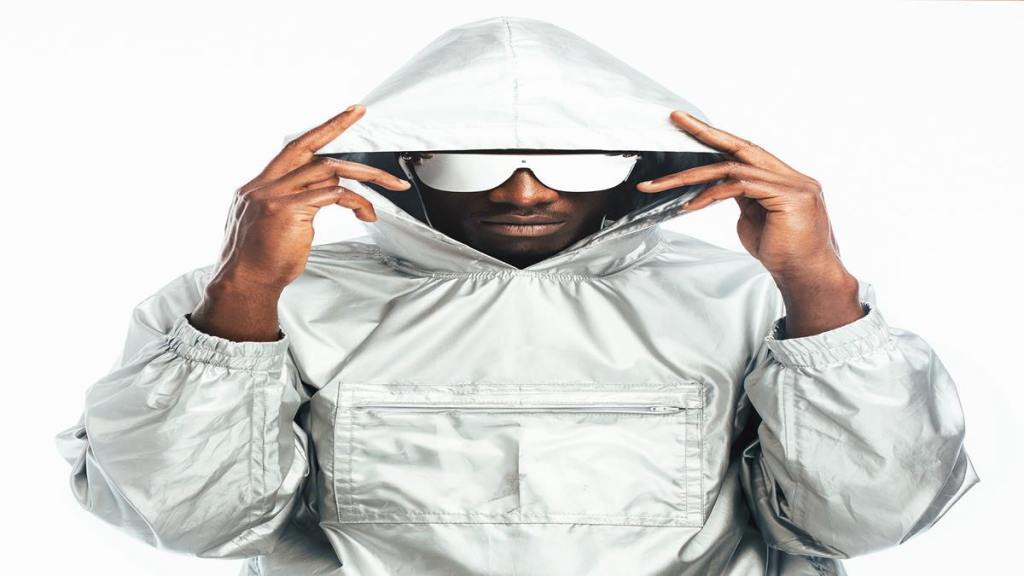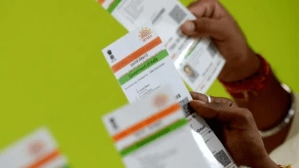Meaning
Smart clothes are clothing items enhanced by technology that render added functionality to our normal clothing. There are multiple ways this is done, such as by interweaving circuitry into the normal fabric, attaching sensors, etc. There are smart fabrics too that react to pressure and heat differences, etc. Many of these are connected to an app or a programme to flaunt data such as your health metrics, vitals, etc.
Strides in the space
Although smart clothes are not as mainstream as their phone and watch counterparts, some notable innovations have been made in this field over the past few years. For example, take the case of smart socks that detect what part of your feet receive the most pressure during a run. Or, the sleepwear that absorbs heat from the wearer’s body and improves muscle recovery for better sleep. Also, there are yoga pants that vibrate to correct your yoga pose. Then there are smart socks for babies that track sleep. Interestingly, it is not just the startups that have played with technology when it comes to clothing, several multinational and high-end brands have also done the same.
A few years back, Pizza Hut came up with smart shoes one could order pizzas with, at Pizza Hut, of course! Similarly, in 2016, the luxury clothing brand Ralph Lauren came out with a range of polo shirts that could measure health metrics, such as heart and breathing rates, number of steps, etc. Tommy Hilfiger and Levi’s also played with the idea.
Also Read: How do we play our part?
An interesting product was Samsung’s smart business suits that could exchange business cards, unlock phones, and interact with other devices. The South Korean tech giant has a slew of products in the smart space apart from smartphones.
When it comes to technology, how can search engine giant Google fall behind? The California-based tech behemoth has a dedicated segment named Jacquard that “weaves new digital experiences into the things you love, wear, and use every day to give you the power to do more and be more”.
In 2019, denim brand Levi’s partnered with Jacquard to announce a smart jacket whose portion of the fabric on the sleeve could turn into a touch-sensitive remote for phones. In 2018, ad agency Ogilvy launched a campaign featuring a smart dress that tracked the number of times women were groped. The campaign was set at a Brazilian nightclub in which three women wore the smart dress. Shockingly, in less than four hours they spent at the club, the women were groped staggeringly 157 times. The ad came out as the #MeToo movement sent shockwaves the world over.
Drawbacks
Despite the many uses, tracking health metrics appears to be the number one utility, as of now, when it comes to smart clothes. However, this can serve as a major roadblock for this segment as the same thing can be done by a smartwatch, and that too at a cheaper price.
Also, although these are said to be washed and dried just like traditional clothing albeit with extra care, there is the question of their durability. Many of these require constant touch with the skin, which can pose another challenge as that would mean one always needs to buy tight-fitting clothes, thus compromising comfort at times. It also comes down to technology.
Generally with a large number of smart clothing consisting of circuitry interweaved into garments, it poses a question about the advancements in textile technology.
Lastly, it also comes down to cost. With technology added to them, smart clothing is pricier than traditional clothing. And with tracking health and fitness metrics being its number one use, it tends to face stiff competition from the smartwatches and wearables segment. It is to be noted here that affordability played a major role in bringing the latter to the mainstream from being an exception. Until these aspects are figured out, smart clothing becoming mainstream tends to remain elusive.









